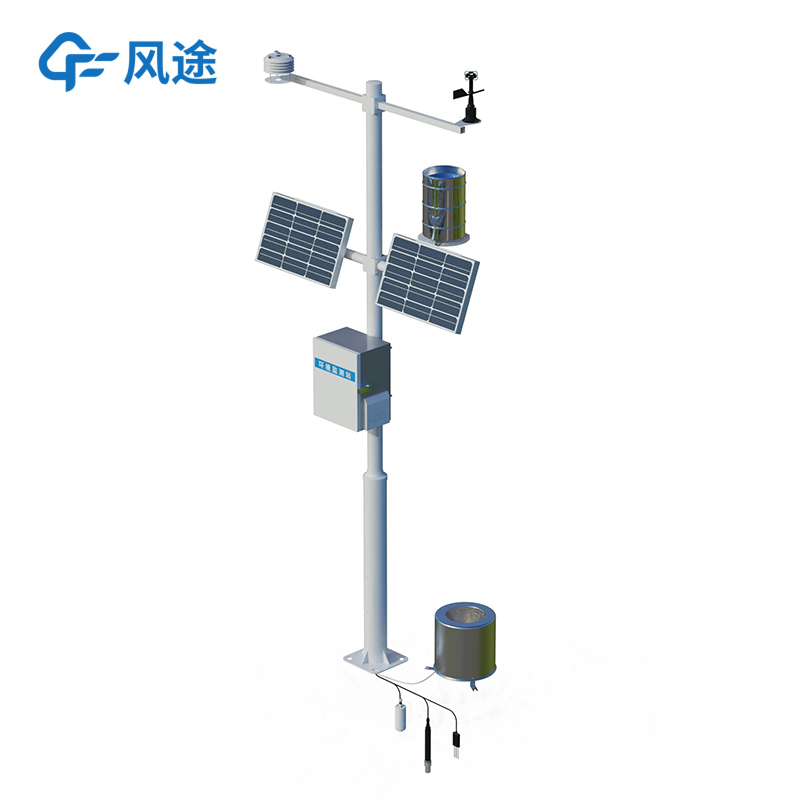In modern agricultural production, technology permeates all links. As an important technical equipment, the Automatic Farmland Weather Station provides key meteorological data support for agricultural production and is one of the core tools driving the efficient and precise development of agriculture.
The Automatic Farmland Weather Station is a equipment system specially designed for monitoring meteorological conditions in farmland. Its core components include sensors, data loggers, transmission equipment, and data processing systems. Sensors are responsible for real-time collection of key meteorological and environmental data in farmland, covering air temperature, humidity, wind speed, wind direction, rainfall, as well as soil temperature and humidity, light intensity, etc. Data loggers aggregate the scattered data collected by sensors, and complete preliminary sorting and verification. Transmission equipment relies on wireless communication technologies such as 4G, 5G, and LoRa to transmit the processed data to the remote data center in real time. Data processing systems conduct in-depth analysis of the received data, generate visual reports and early warning information, and provide a basis for subsequent applications.
The core functions focus on four aspects: the first is 24/7 uninterrupted real-time monitoring, which ensures farmers can timely grasp changes in meteorological elements in the farmland; the second is efficient data collection and analysis, which helps farmers and researchers dynamically understand the laws of the farmland environment; the third is disaster early warning capability—when extreme weather such as heavy rain, drought, or frost, or abnormal soil moisture is detected, it can quickly issue early warnings to prompt farmers to take preventive measures in advance; the fourth is assisting agricultural decision-making, which provides scientific references for agricultural activities such as sowing, fertilization, irrigation, and harvesting, helping optimize planting plans.
The Automatic Farmland Weather Station has a wide range of applications: in field cultivation, it can monitor the growth environment of crops such as wheat, corn, and rice, and optimize water and fertilizer management; in orchard management, it can help fruit farmers prevent the impact of adverse weather on fruit trees; in the field of protected agriculture, it can assist in the precise regulation of temperature and humidity in greenhouses and sheds, improving planting efficiency; in the smart agriculture system, combining with the Internet of Things (IoT) can realize remote monitoring and automated management, further enhancing the level of agricultural modernization.
Currently, although the Automatic Farmland Weather Station faces issues such as high equipment costs, the need to improve data accuracy in some scenarios, and technical thresholds for operation, with technological progress and cost reduction, its trends of intelligence, integration, and popularization are obvious. In the future, it will provide stronger support for agricultural modernization and sustainable development, and continuously improve the efficiency and benefits of agricultural production.

Article address:https://www.sqqx.net/en/news/729.html

 +86 15898932201
+86 15898932201



